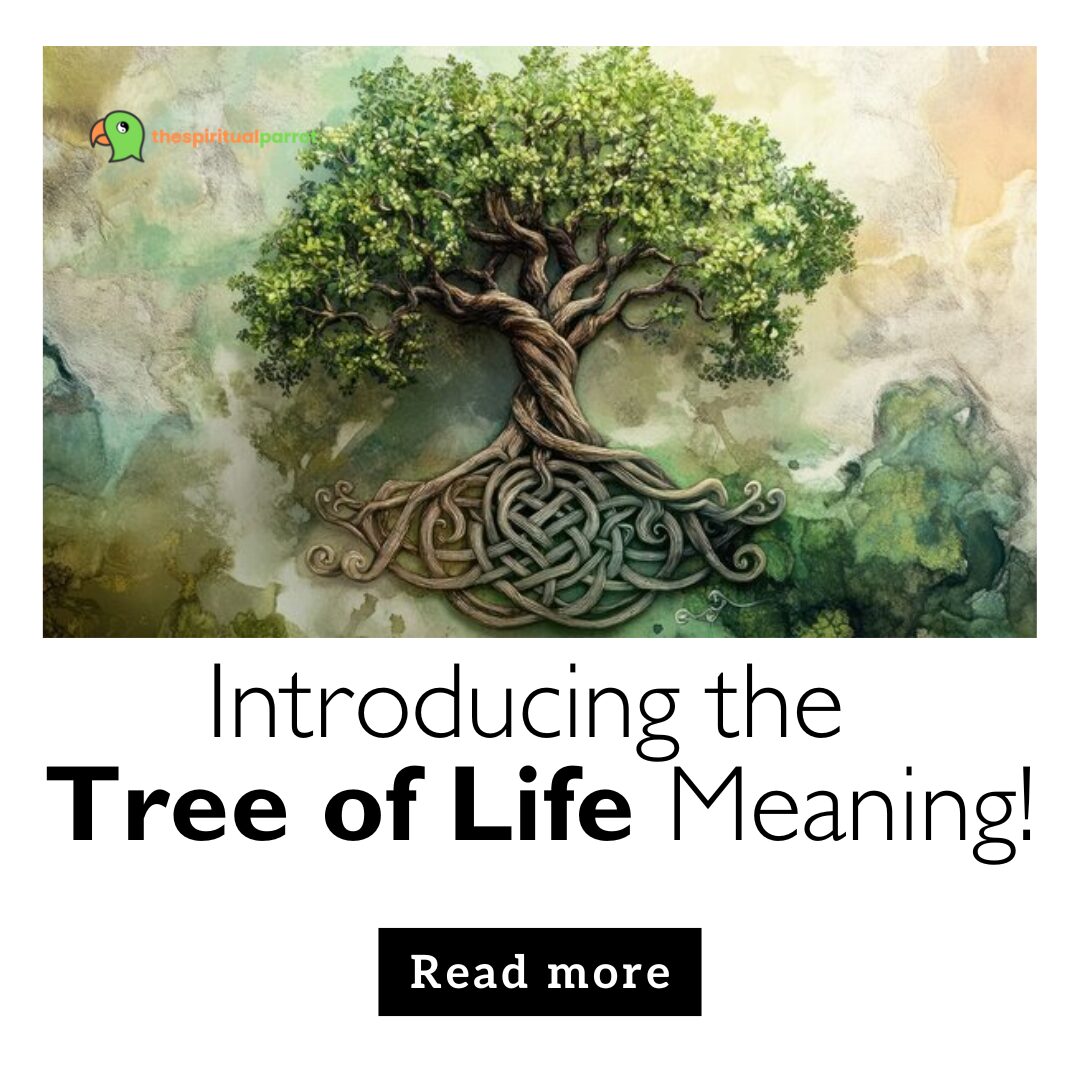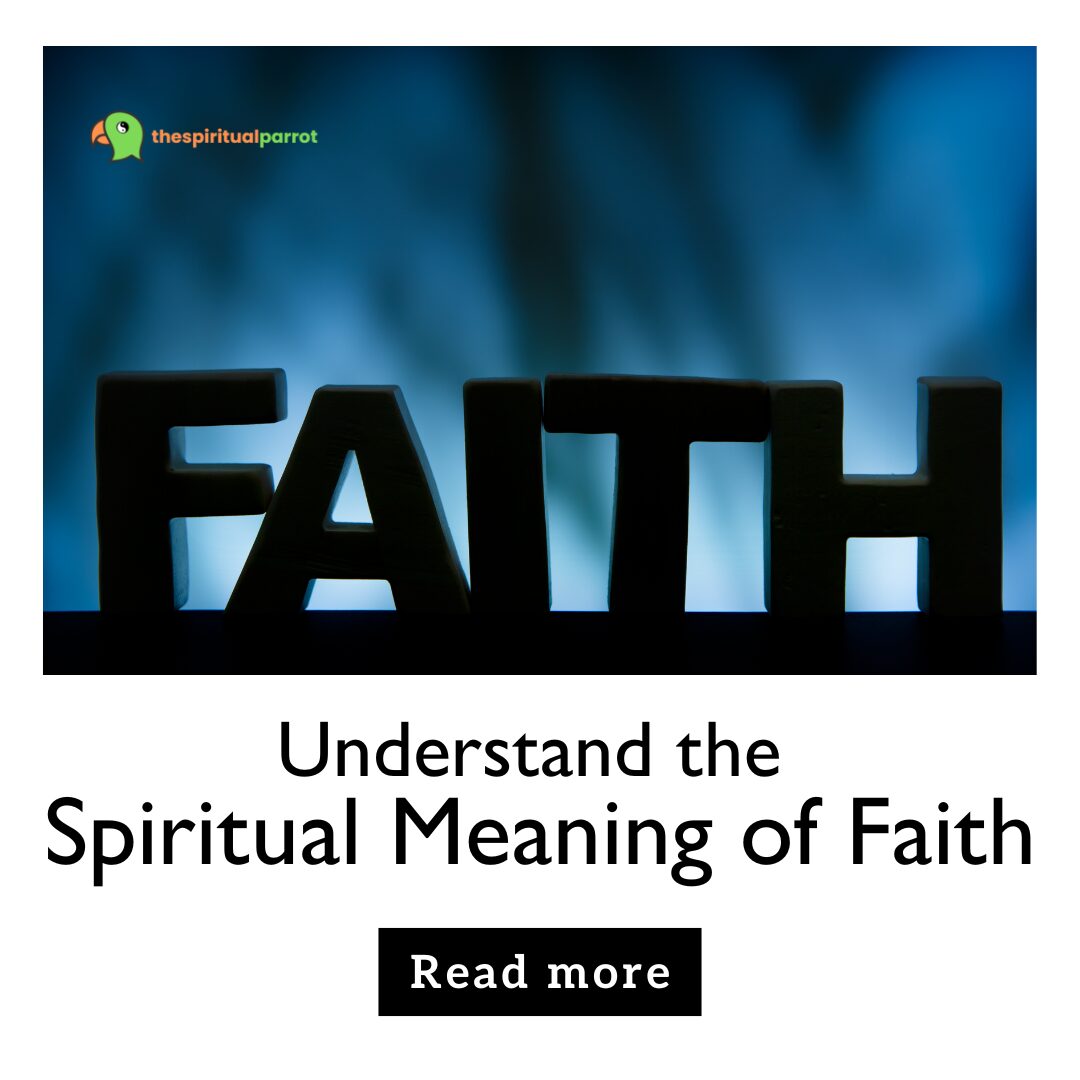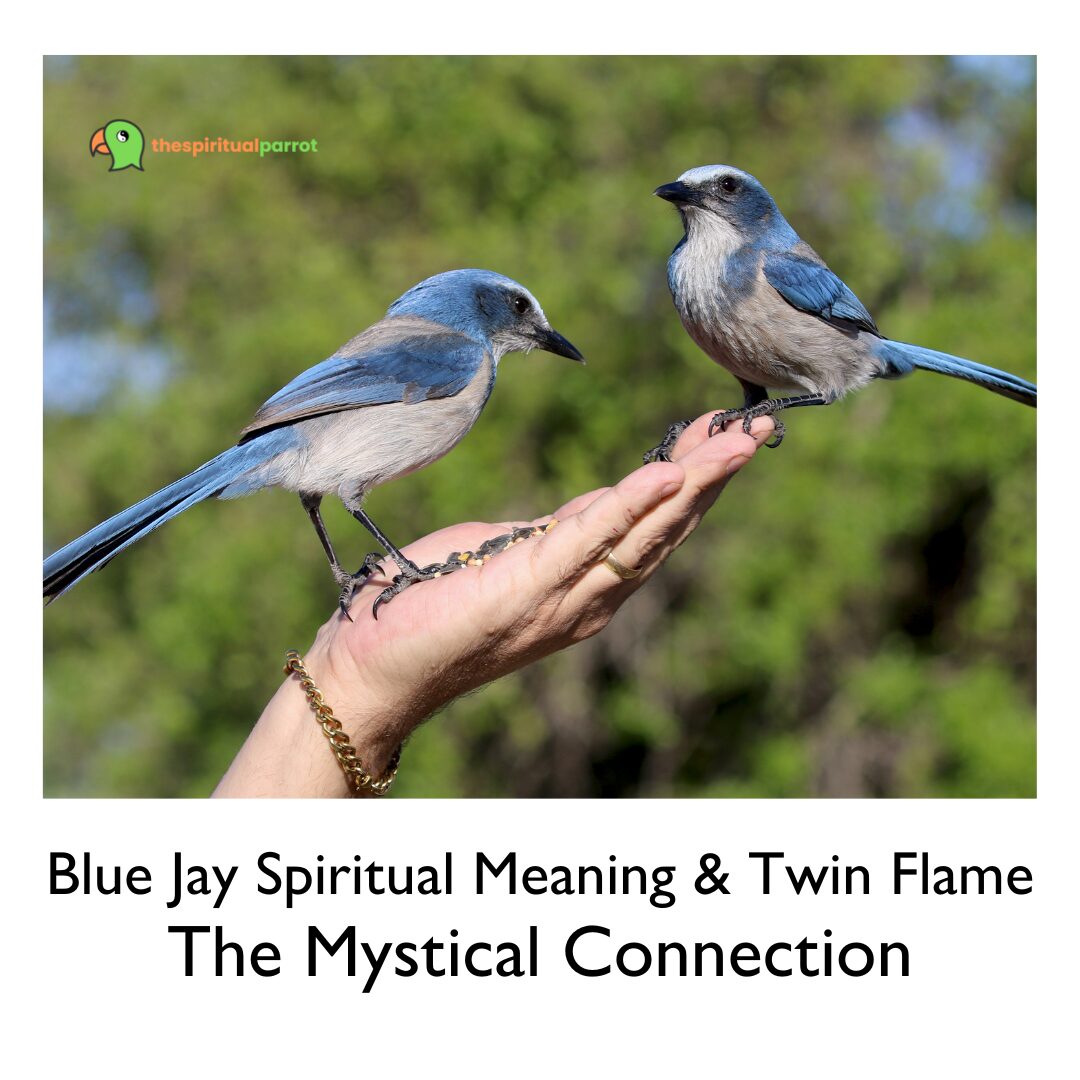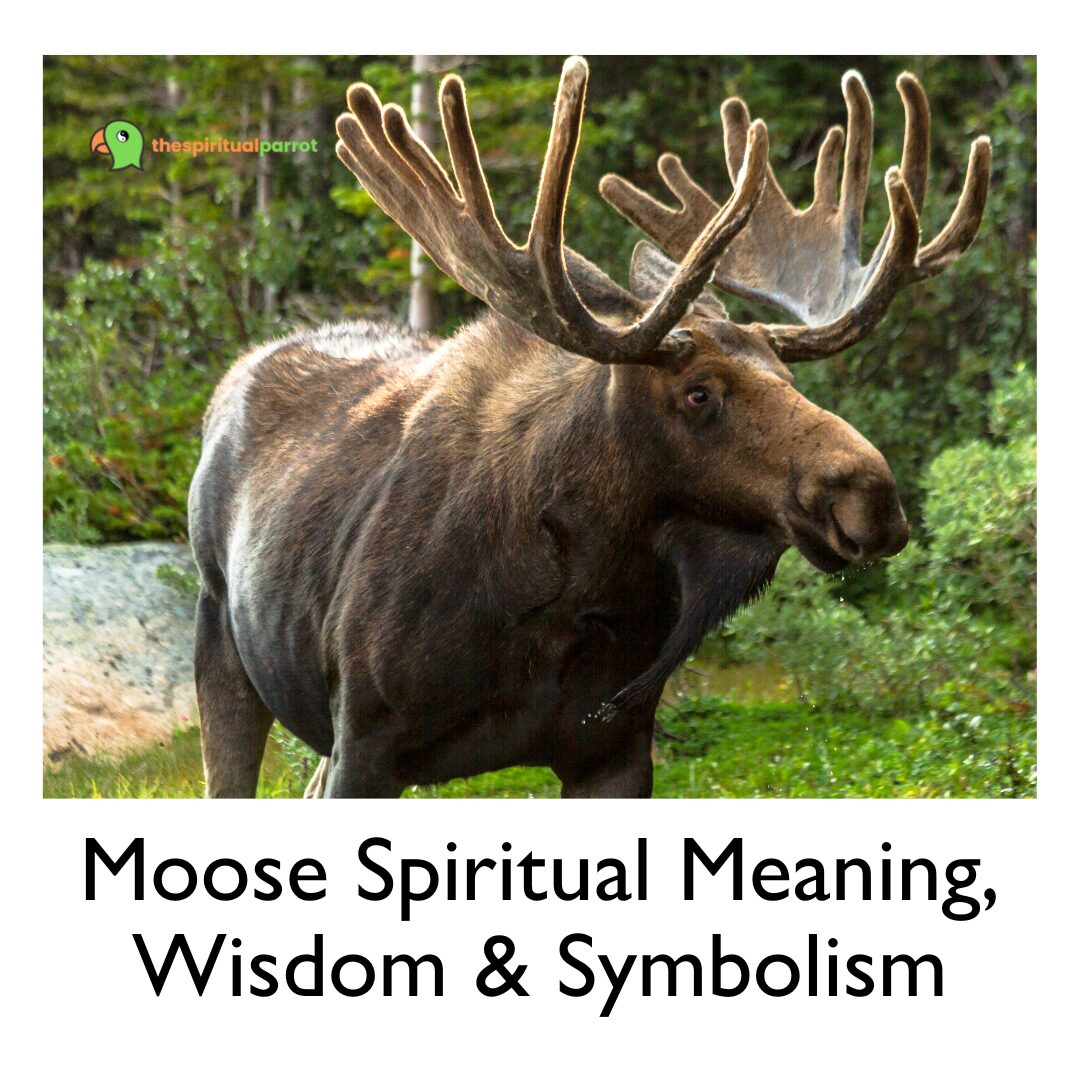Embark on a journey to unravel the profound “Tree of Life meaning,” a symbol that has rooted itself deeply in the human psyche across various cultures and ages. This ancient emblem, woven into the fabric of myths, religions, and philosophies, stands as a testament to our enduring quest for understanding and connection. The Tree of Life meaning is not just an icon; it’s a complex narrative that encapsulates life, continuity, and the intrinsic link between all living things. As we delve into its rich symbolism and diverse interpretations, we invite you to explore the myriad ways the Tree of Life continues to inspire, enlighten, and connect humanity.
Historical Roots of the Tree of Life
Discover the ancient origins and enduring presence of the Tree of Life in human history. This symbol has sprouted across time and culture, offering insight into the human spirit and our place in the cosmos. From the art and mythology of ancient civilizations to the sacred texts of world religions, the Tree of Life meaning stands as a universal symbol of life’s interconnectedness and the perennial nature of existence.
Ancient Civilizations and the Tree of Life Meaning
Dive deep into the past, where the Tree of Life meaning took root in the heart of ancient civilizations, each interpreting its meaning in a way that reflected their worldviews and spiritual beliefs.
- Mesopotamia: Discover how the Tree of Life symbolized immortality and divine presence, intricately depicted in the art and relics of this cradle of civilization.
- Norse Mythology: Explore Yggdrasil, the immense ash tree that connected the nine worlds and represented the cosmos’s structure in Norse lore.
- Egyptian Lore: Learn about the Tree of Isis, revered for its life-giving properties and its role in the journey to the afterlife, offering protection and the promise of immortality.
These ancient interpretations highlight the Tree of Life’s meaning as a shared motif, bridging diverse cultures with a common symbol of life, wisdom, and connection.
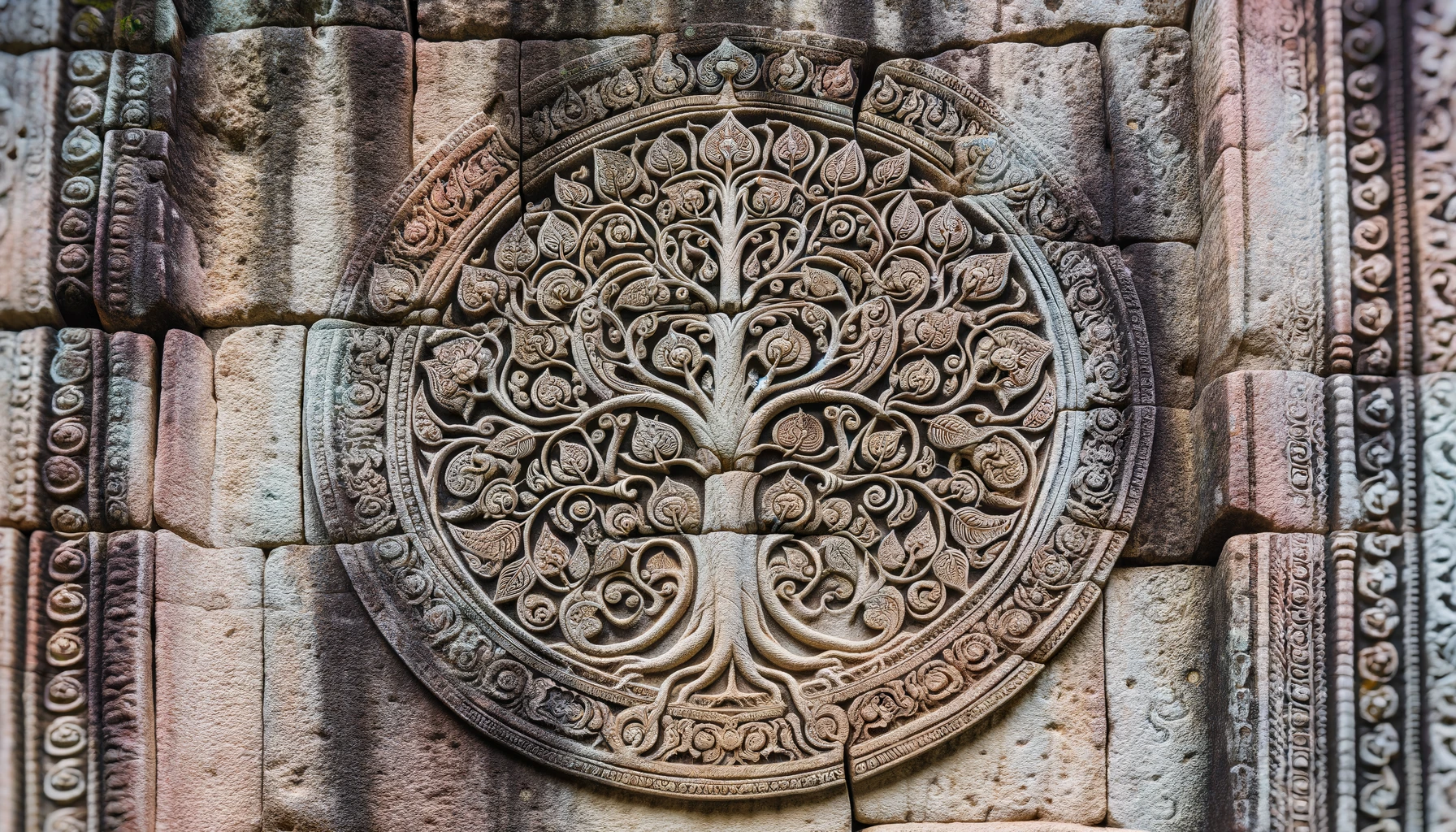
Religious Texts and the Tree of Life Meaning
Turn the sacred pages where the Tree of Life grows, each religious tradition adding its leaves and branches to the symbolism and meaning.
- Judaism: In Kabbalah, the Tree of Life is not just a tree but a complex diagram representing the universe’s structure, the soul’s journey, and the path to divine understanding.
- Christianity: From the Garden of Eden to the Book of Revelation, discover how the Tree of Life meaning represents both the fall and promise of salvation, offering hope and eternal life.
- Buddhism and Hinduism: Contemplate the Eastern interpretations, where trees like the Bodhi and the cosmic Banyan stand for enlightenment, interconnectedness, and the cycle of life and rebirth.
In these religious contexts, the Tree of Life transcends its physical form to become a profound symbol of spiritual truths, ethical guidance, and the eternal human quest for understanding and harmony.
Cultural Significance of the Tree of Life Meaning
As we delve further into the enigmatic world of the Tree of Life, we uncover its vast cultural significance. This symbol, transcending mere artistic representation, has been an emblem of unity, diversity, and heritage across the globe. Each culture has nurtured its version of the Tree, embedding unique stories and meanings into its leaves and branches. Let’s explore the rich cultural tapestry woven by the Tree of Life, revealing how it has flourished in various societies and epochs.
Global Interpretations of the Tree of Life Meaning
The Tree of Life meaning spreads its boughs across the world, casting shadows of myths, legends, and cultural beliefs. This universal symbol finds unique resonance within each society, reflecting their inherent values and worldview.
- Celtic Lore: The Celts revered trees particularly the concept of the Tree of Life, known as Crann Bethadh. It symbolized strength, longevity, and wisdom. Villages were often gathered around a central tree, considered the community’s heart, and a gathering place for assemblies.
- African Tribes: Many African myths refer to the Tree of Life as a source of nourishment, wisdom, and a connection between the physical and spiritual realms. Baobab trees, often known as ‘Trees of Life,’ serve as a vital resource and a spiritual symbol for many African communities.
- Native American Beliefs: For various Native American tribes, the Tree of Life is a central figure in their creation stories. It often symbolizes the interconnectedness of all living things and the cyclical nature of life, death, and rebirth.
These global interpretations highlight the Tree of Life’s role as a powerful symbol of unity amidst diversity, offering a mirror to each culture’s heart and soul.

Modern Usage of the Tree of Life
In our contemporary world, the Tree of Life meaning continues to flourish, branching out into various aspects of modern culture. Its timeless appeal has found expression in art, literature, and even in the realms of environmentalism and social movements.
- Art and Architecture: Modern artists and architects have often drawn inspiration from the Tree of Life, using its form and symbolism to create stunning works that speak of unity, growth, and connection.
- Literature and Film: From fantasy novels to films, the Tree of Life meaning serves as a powerful narrative device, symbolizing life’s journey, personal growth, and the interconnectedness of all stories.
- Environmentalism: As a symbol of growth, sustenance, and ecological balance, the Tree of Life has become a rallying point for environmental movements, highlighting the importance of conservation and harmony with nature.
As we see, the Tree of Life’s roots run deep, not just into the soil of our past but also into the concrete of our present, reminding us of our shared heritage and the collective narrative we continue to weave.
Spiritual Meanings of the Tree of Life
As we branch out further into our exploration, we reach the spiritual dimensions of the Tree of Life. This majestic symbol extends beyond physical roots and leaves, touching the very essence of spiritual existence and wisdom. It offers a map, a guide to understanding the mysteries of life and the universe. The Tree of Life is not just a symbol; it’s a spiritual journey, inviting us to climb its branches and discover the lessons nestled in its leaves.
Metaphysical Aspects of the Tree of Life
The Tree of Life is deeply rooted in metaphysical symbolism, representing the invisible, spiritual forces that sustain and connect the cosmos. Let’s delve into the mystical aspects that make this symbol a beacon of spiritual guidance and enlightenment.
- Kabbalistic Teachings: In the Jewish mystical tradition of Kabbalah, the Tree of Life meaning is a complex framework of Sefirot or attributes through which the Ein Sof (Infinite) reveals itself and continuously creates both the physical realm and the chain of higher metaphysical realms. Each Sefirot represents an aspect of God and a step toward spiritual enlightenment.
- Eastern Philosophies: In traditions like Hinduism and Buddhism, the Tree of Life meaning symbolizes the eternal cycle of life, death, and rebirth. The Bodhi Tree, under which Buddha attained enlightenment, is a direct manifestation of this cycle, representing the path to Nirvana.
- Shamanic Journeys: In various indigenous and shamanic traditions, the Tree of Life meaning is seen as a cosmic axis, connecting the heavens, the earth, and the underworld. Shamans journey along this tree to gain wisdom, heal, and communicate with the spirit world.
These metaphysical aspects of the Tree of Life invite us to look beyond the physical realm, seeking deeper understanding and connection with the universe’s spiritual fabric.

Life and Immortality in the Tree of Life
The Tree of Life meaning is also a powerful symbol of life, immortality, and the eternal nature of the soul. It represents the cycle of birth, growth, death, and rebirth, a reminder of our journey through the seasons of existence.
- Symbol of Immortality: Many cultures view the Tree of Life as a symbol of immortality, where the cycle of life continues endlessly, reflecting the soul’s eternal journey beyond the physical confines of the earth.
- Interconnectedness of Life: The Tree’s branches and roots symbolize the interconnected nature of all things in the universe, reminding us that every living creature is part of a larger, intricate web of life.
- Personal Growth and Enlightenment: Just as a tree grows from a tiny seed into a towering presence, the Tree of Life meaning symbolizes the growth of the soul toward enlightenment and understanding. Each branch can represent a path of learning, a challenge to overcome, and a step toward a more profound spiritual awakening.
As we navigate through these spiritual dimensions, the Tree of Life stands as a guide, a mentor, and a reminder of our spiritual journey. It encourages us to look inward, explore the depths of our souls, and connect with the greater tapestry of life that surrounds us.
Scientific Perspectives on the Tree of Life Meaning
As we continue our exploration, we shift our gaze from the mystical to the empirical, examining the Tree of Life through the lens of science. This symbol, steeped in spirituality and cultural significance, also resonates with the scientific community. It provides a metaphorical framework for understanding the complexity and interconnectedness of life on Earth. Let’s delve into how science, from evolutionary biology to ecology, interprets and utilizes the concept of the Tree of Life.
Evolutionary Biology and the Tree of Life
The Tree of Life is more than a spiritual icon; it’s a scientific model that illustrates the relationships between different forms of life on Earth. Evolutionary biology has adopted this concept to map the lineage and common ancestry of species.
- Darwin’s Revolutionary Idea: Charles Darwin was one of the first to use the Tree of Life meaning concept to describe the idea of common descent and the branching pattern of evolution. His early sketches of an evolutionary tree laid the groundwork for what would become a central metaphor in biology.
- Phylogenetic Trees: Modern scientists use phylogenetic trees to visualize the evolutionary relationships between organisms. These diagrams reflect the divergent paths of evolution and the shared ancestry of diverse species, from the smallest bacteria to the largest mammals.
- Genetic Sequencing and Biodiversity: Advances in DNA sequencing have revolutionized our understanding of the Tree of Life. Scientists can now trace the genetic lineage of species with remarkable precision, uncovering new relationships and redefining our understanding of biodiversity.
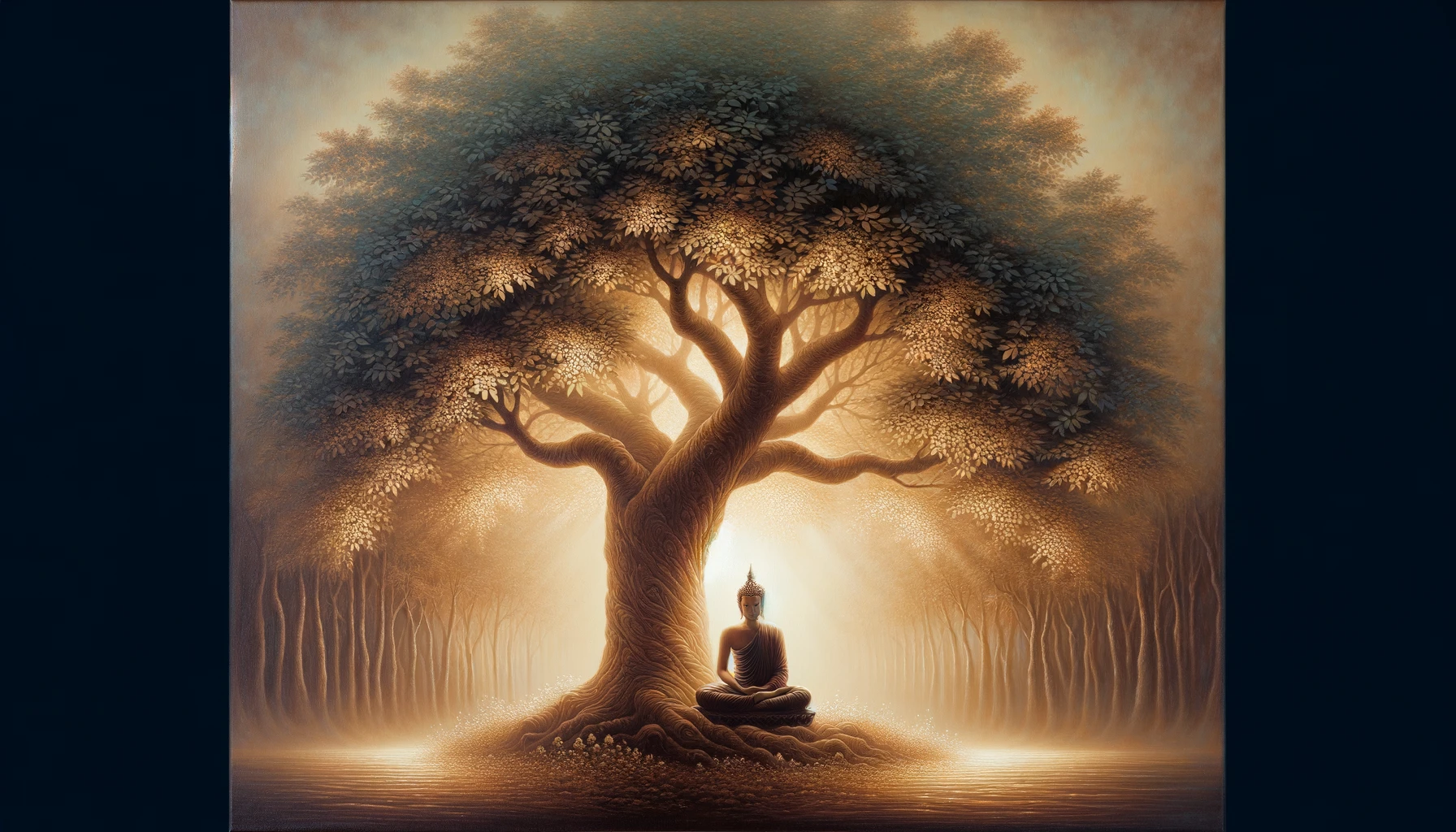
Ecology and the Environment in the Tree of Life
The Tree of Life meaning also symbolizes the delicate balance of ecosystems and the importance of each species within the greater web of life. Ecologists and environmentalists look to the Tree as a reminder of the fragility and interdependence of Earth’s biodiversity.
- Ecosystem Interdependence: Just as the branches of a tree are connected to its trunk and roots, species within an ecosystem are interconnected. The loss of one species can have a cascading effect, impacting others in the chain.
- Conservation Efforts: The Tree of Life meaning is a powerful symbol for conservationists, representing the need to preserve the Earth’s biodiversity. It’s a reminder that every living thing has a place and purpose in the natural world, and its loss diminishes the whole.
- Climate Change and Ecological Impact: As the global climate changes, the Tree of Life metaphorically illustrates the shifts and adaptations species must make. It underscores the urgency of understanding and protecting our planet’s intricate web of life.
As we navigate through these scientific perspectives, the Tree of Life stands as a bridge between the mystical and the empirical. It reminds us that our quest for understanding and connection spans all domains of knowledge, from the spiritual journeys of ancient mystics to the research labs of modern scientists.
Artistic Representations of the Tree of Life
As we continue our exploration of the Tree of Life, we turn our attention to its artistic representations. Artists across time and space have been captivated by its profound symbolism, using their creativity to interpret and reimagine this iconic motif. From ancient sculptures to modern murals, the Tree of Life blooms in the world of art, offering viewers a visual feast of meaning and beauty. Let’s delve into how artists have celebrated and perpetuated the Tree of Life through their works.
Visual Arts and the Tree of Life
The Tree of Life has served as an enduring muse in the visual arts, inspiring artists to capture its essence in a myriad of styles and mediums.
- Historical Depictions: Ancient civilizations, from the Mesopotamians to the Egyptians, adorned their temples and artifacts with images of the Tree of Life. These often intricate and symbolic representations connected the divine with the earthly realm.
- Paintings and Sculptures: Throughout the Renaissance and beyond, artists have revisited the Tree of Life, each adding their personal touch and cultural context. Whether it’s Gustav Klimt’s ornate “Tree of Life” painting or public sculptures in parks, the tree’s symbolism continues to flourish in the art world.
- Contemporary Artistic Expressions: Modern artists often use the Tree of Life to explore and comment on contemporary issues, from environmentalism to human connectivity. It’s a motif that adapts to the times, always finding new soil in which to spread its roots.

Literary Echoes of the Tree of Life Meaning
The Tree of Life also casts its shade across the written word, influencing poets, playwrights, and authors. Its rich symbolism offers a wellspring of inspiration for exploring themes of life, death, rebirth, and the human condition.
- Poetry and Prose: From the epic poems of ancient times to modern novels, writers have woven the Tree of Life into their narratives, using it as a symbol of growth, transformation, and connection. It serves as a metaphor for the protagonist’s journey or as a reflection of society’s evolution.
- Mythology and Folklore: In many cultures, stories and legends grew around the Tree of Life, each branch a narrative of gods, heroes, and mortals. These tales passed down through generations, highlight the Tree’s role in human understanding and the search for meaning.
- Philosophical and Religious Texts: The Tree of Life has also found its place in philosophical discourses and religious teachings, providing a visual and conceptual framework for discussing life’s big questions and mysteries.
As we admire the artistic representations of the Tree of Life, we’re reminded that this symbol is not just a static image but a living, evolving narrative. Artists, writers, and creators continue to be inspired by its deep roots and sprawling branches, each interpretation a new leaf on an ancient bough.
Psychological Interpretations of the Tree of Life Meaning
As we delve deeper into the multifaceted world of the Tree of Life, we find ourselves exploring the realms of the human psyche. The Tree of Life is not only a symbol that resonates on a spiritual and cultural level but also offers profound psychological insights. Psychologists and thinkers have long used the Tree as a metaphor to understand the human mind and its growth, from the roots of our subconscious to the branches of our aspirations. Let’s explore how the Tree of Life informs and reflects psychological theories and personal development.
Jungian Analysis and the Tree of Life Meaning
The Tree of Life meaning is a potent symbol in the world of analytical psychology, particularly in the works of Carl Jung, who recognized the deep symbolic significance of trees in the human subconscious.
- Archetypal Symbolism: Jung considered the Tree of Life an archetype embedded in the collective unconscious. It represents the universal themes of growth, death, rebirth, and the quest for understanding oneself and the world.
- Personal and Collective Unconscious: The roots of the Tree can be seen as the personal unconscious, with the deeper collective unconscious at the very base. The trunk and branches represent the conscious self, growing and reaching outwards.
- Individuation Process: Jung used the Tree of Life as a metaphor for the process of individuation, the psychological growth and self-realization journey. Each branch can symbolize a path of personal development and integration of the self.
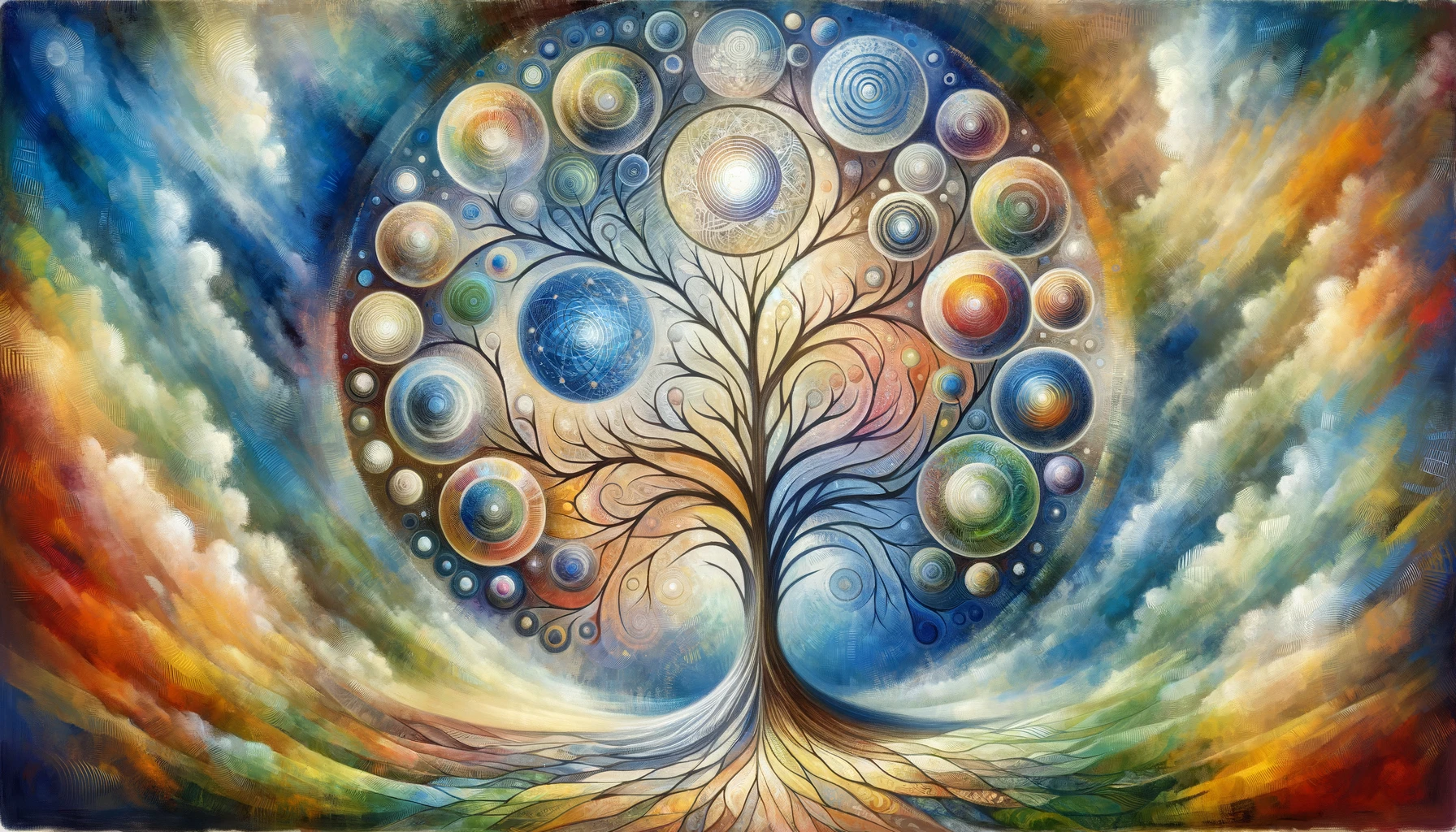
Personal Growth and the Tree of Life Meaning
Beyond the realms of analytical psychology, the Tree of Life meaning serves as a powerful symbol for personal growth and self-discovery. It reflects the journey each individual takes to grow, learn, and evolve.
- Stages of Life: Just as a tree goes through stages from seed to sapling to mighty oak, so too do humans go through phases of growth. The Tree of Life can represent different life stages, with each branch representing milestones and challenges.
- Interconnectedness of Experiences: The interwoven branches and roots symbolize how our various experiences, thoughts, and emotions connect to form our unique life story. They remind us that every aspect of our lives contributes to who we are.
- Resilience and Renewal: Trees withstand storms and seasons, often emerging stronger. Similarly, the Tree of Life meaning symbolizes human resilience and the ability to renew and rejuvenate oneself, even in adversity.
As we reflect on the psychological interpretations of the Tree of Life, we see how deeply this symbol is rooted in our quest for understanding and growth. It offers a mirror to our psyche, reflecting our deepest fears, highest aspirations, and the intricate web of our experiences and relationships.
Philosophical Perspectives on the Tree of Life
As we continue our journey through the intricate branches of the Tree of Life, we arrive at the realm of philosophy. Here, the Tree stretches beyond physical or even psychological interpretations and taps into existential and ethical questions. Philosophers have long pondered the Tree of Life, drawing from its deep roots and sprawling branches to discuss the nature of existence, the pursuit of wisdom, and the ethical implications of our choices. Let’s explore how this enduring symbol has influenced philosophical thought and how it continues to offer food for thought in our quest for meaning.
Existential Meanings in the Tree of Life
The Tree of Life compels us to look inward and outward, posing questions about existence, purpose, and the nature of reality. It’s a symbol that has been used to explore and express existential concepts throughout the ages.
- Search for Meaning: Just as the Tree’s branches reach for the sky, humans have always sought to understand their place in the universe. The Tree of Life symbolizes this quest for meaning, encouraging contemplation of life’s big questions.
- Life’s Journey: The path from root to leaf can represent the journey of life, with each twist and turn symbolizing the choices and changes that define our existence. Philosophers have used this metaphor to discuss fate, destiny, and the nature of the human journey.
- Interconnectedness and Unity: The interconnected nature of the Tree, with its network of branches and roots, reflects the interconnectedness of all things. It’s a concept that philosophers have explored to discuss the idea of oneness and the illusion of separateness.
Ethical Implications in the Tree of Life Meaning
The Tree of Life meaning isn’t just a symbol of existential inquiry; it also branches into discussions of morality and ethics. It serves as a reminder of the impact of our actions on the world and others.
- Responsibility and Stewardship: The Tree of Life can symbolize our responsibility to care for our environment and each other. Philosophers and ethicists have used it to discuss the importance of stewardship and the ethical implications of our choices.
- Growth and Change: Just as trees grow and change, adapting to their environment, so too do our understandings of what is right and wrong. The Tree of Life meaning symbolizes the evolution of ethical thought and the continuous growth necessary for moral development.
- Balance and Harmony: The balance required for a tree to grow and thrive is reflected in the ethical balance needed in life. Philosophers have used the Tree to discuss the need for harmony between opposing forces and the pursuit of a balanced, ethical life.
As we ponder these philosophical perspectives, the Tree of Life stands as a guide and a muse, encouraging us to question, reflect, and grow in our understanding of the world and ourselves. It reminds us that our search for meaning and ethical living is an ongoing journey, one that requires continuous exploration and contemplation.
Practical Applications of the Tree of Life
As we continue our exploration, we transition from the realms of philosophy and psychology to the tangible and practical applications of the Tree of Life. This symbol transcends theoretical interpretation, offering real-world relevance and utility. Whether in daily practices, therapeutic settings, or educational environments, the Tree of Life meaning provides a framework for understanding, healing, and growth. Let’s explore how this ancient symbol can be applied in our everyday lives, offering guidance, comfort, and inspiration.

The Tree of Life Meaning in Daily Practice
Incorporating the symbolism of the Tree of Life into daily life can offer a sense of connection, stability, and purpose. Here’s how individuals and communities might integrate this powerful symbol into their everyday routines and spaces.
- Mindfulness and Meditation: Using the Tree of Life as a focal point for meditation can provide a calming and centering effect. Envisioning oneself as a tree, with deep roots and expansive branches, can help cultivate a sense of groundedness and openness.
- Art and Decor: Adorning homes or workspaces with Tree of Life artwork or motifs can create an environment of growth and interconnectedness. It serves as a visual reminder of one’s journey and the broader web of life.
- Journaling and Reflection: Reflecting on one’s life journey through the lens of the Tree of Life meaning can offer profound insights. Individuals might journal about their roots (family, heritage, personal history), their trunk (current life, stability, strength), and their branches (aspirations, dreams, connections).
Therapeutic Uses of the Tree of Life
Therapists and counselors often use the Tree of Life as a tool to aid in healing, understanding, and personal development. Its symbolism resonates in various therapeutic contexts, offering a universal language for discussing complex emotions and experiences.
- Narrative Therapy: The Tree of Life can be a powerful tool in narrative therapy, helping individuals map out their life stories, identify strengths and resources, and envision a future. Clients might draw their Trees, labeling the roots, trunk, and branches with personal experiences, qualities, and goals.
- Group Therapy and Workshops: In group settings, the Tree of Life can foster a sense of community and shared experience. Participants can share their Trees, discussing their unique roots, challenges they’ve faced, and hopes for the future, thereby fostering empathy and understanding.
- Coping with Grief and Loss: The Tree of Life can symbolize the cycle of life, death, and rebirth, offering comfort and perspective to those dealing with grief. It can help individuals understand their loss as part of a larger, ongoing cycle of life.
As we consider these practical applications, the Tree of Life meaning emerges not just as a symbol but as a tool for living a more connected, reflective, and purposeful life. It offers a structure for understanding our past, navigating our present, and envisioning our future.
Future Directions of the Tree of Life Meaning
As we approach the end of our comprehensive journey through the symbolism and significance of the Tree of Life, it’s time to cast our gaze forward. The Tree, with its deep roots and ever-growing branches, is not just a relic of the past but a living, evolving symbol. It continues to grow and adapt, just like the individuals and societies that cherish it. In this section, we’ll explore the ongoing research and the potential future adaptations of this timeless symbol, considering how it might continue to inspire, heal, and connect generations to come.
Continuing Research on the Tree of Life Meaning
The Tree of Life is a subject of ongoing study and exploration across various disciplines. Researchers and scholars continue to delve into its historical, cultural, and biological implications, uncovering new layers of meaning and connection.
- Historical and Cultural Studies: Scholars continue to unearth and study artifacts, texts, and artworks featuring the Tree of Life, piecing together a more comprehensive understanding of its significance across different cultures and eras.
- Scientific Exploration: Biologists and ecologists continue to use the Tree of Life to explore the connections between species and the history of life on Earth. Advances in genetics and phylogenetics are continually refining our understanding of life’s interconnected web.
- Psychological and Therapeutic Applications: Psychologists and therapists are exploring innovative ways to incorporate the Tree of Life meaning into healing and personal growth practices. Ongoing research is examining its effectiveness in various therapeutic contexts, from individual counseling to community healing.
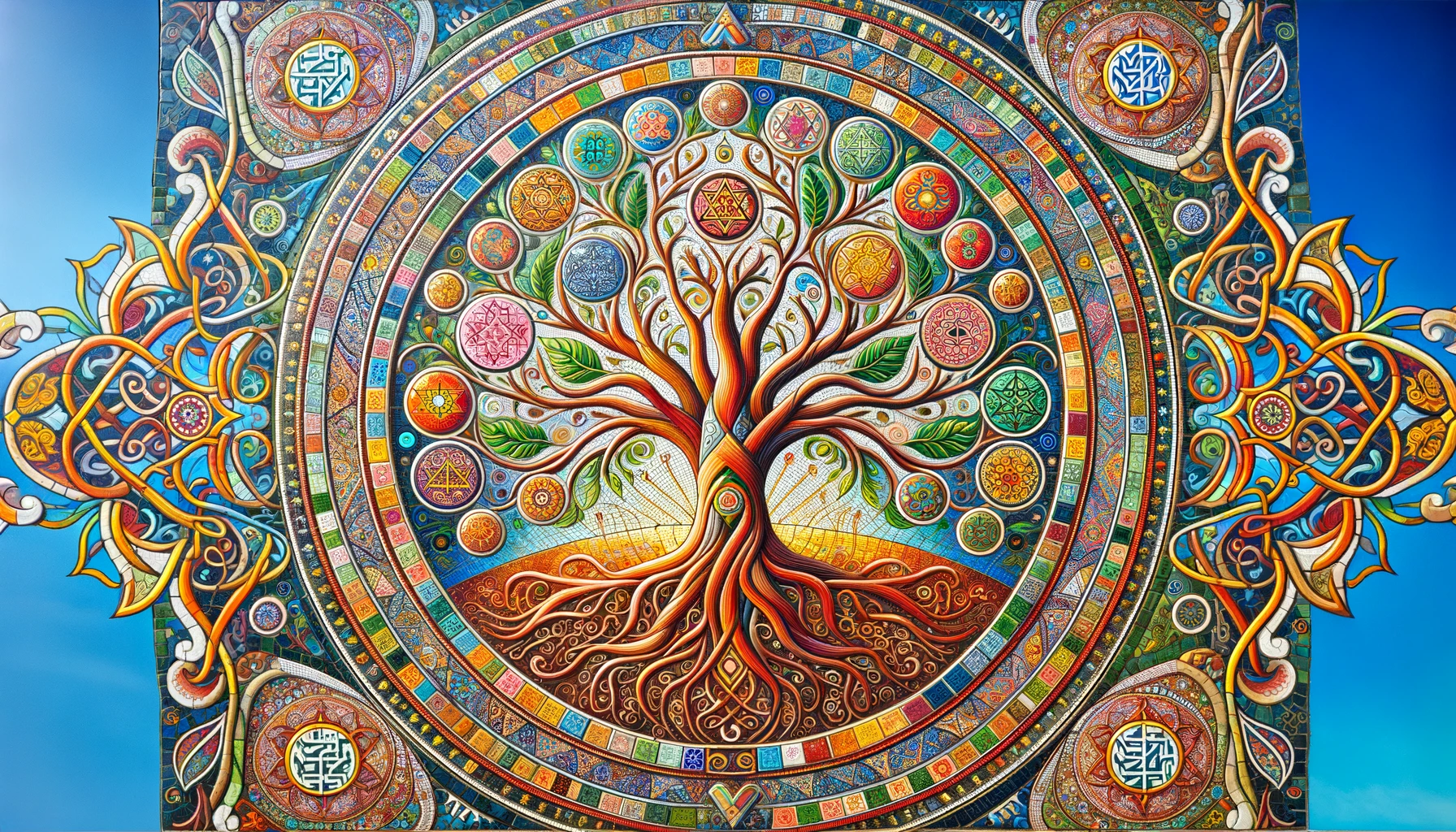
Evolving Symbolism of the Tree of Life
As our world changes, so too does the symbolism of the Tree of Life. It adapts and grows, reflecting the hopes, fears, and dreams of each new generation. Here’s how the Tree of Life might continue to evolve and inspire in the future.
- Environmental Consciousness: As concerns about climate change and ecological destruction grow, the Tree of Life is likely to become an even more potent symbol of interconnectedness and environmental stewardship. It may inspire movements and initiatives aimed at preserving and honoring the web of life.
- Technological Integration: With the rise of digital art and virtual reality, we might see new, interactive representations of the Tree of Life, allowing individuals to explore its symbolism in immersive and innovative ways.
- Global Unity and Diversity: As the world becomes more interconnected, the Tree of Life meaning can serve as a universal symbol of unity in diversity, reminding us of our shared roots and the beauty of our varied branches.
As we look toward the future, the Tree of Life meaning stands as a beacon of hope, a symbol of continuity and change. It reminds us that while our world may evolve in unpredictable ways, the quest for understanding, connection, and growth remains a constant, guiding light.
In conclusion, the Tree of Life is more than just a symbol; it’s a living narrative, continually growing and adapting, just like us. It reflects our past, represents our present, and offers a vision for our future. As we continue to explore, interpret, and apply the Tree of Life’s meaning and rich symbolism in our own lives, we become part of its ongoing story, a story that spans millennia and speaks to the heart of the human experience. Thank you for joining us on this journey through the deep roots and expansive branches of the Tree of Life. May it continue to inspire and guide you, wherever your path may lead.
